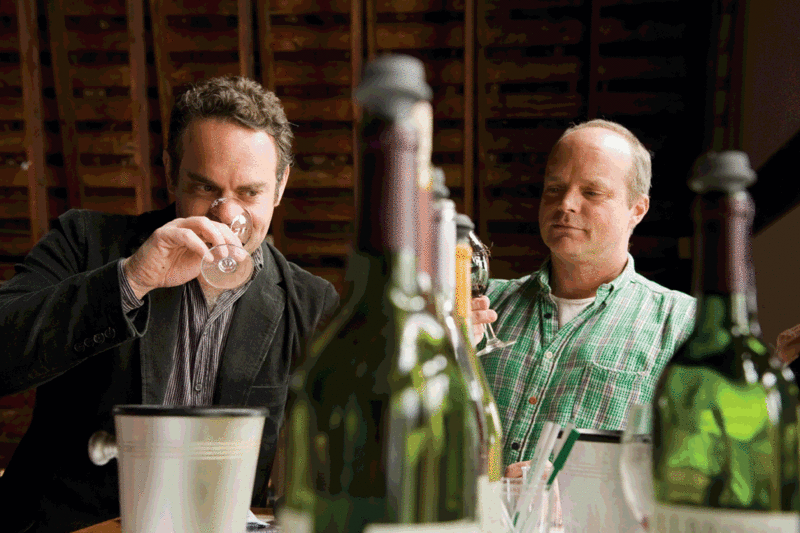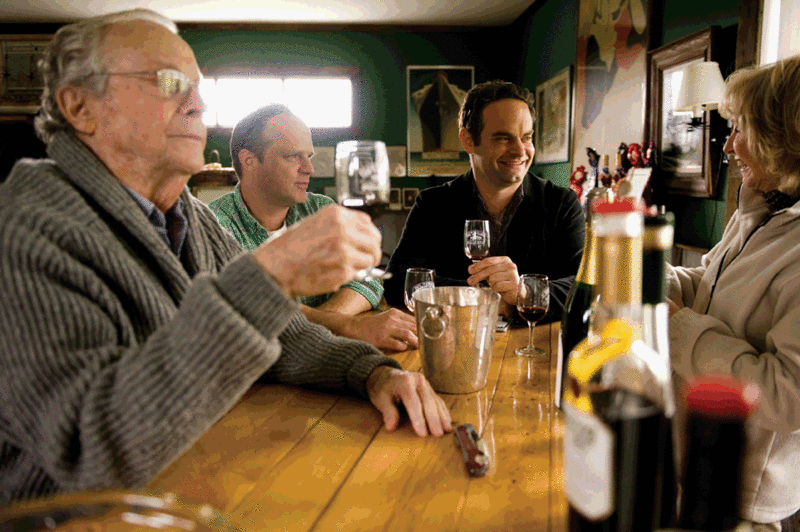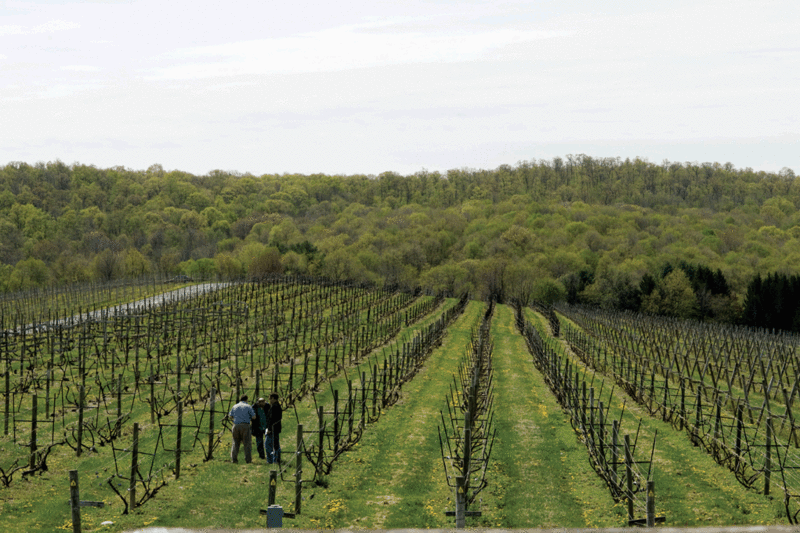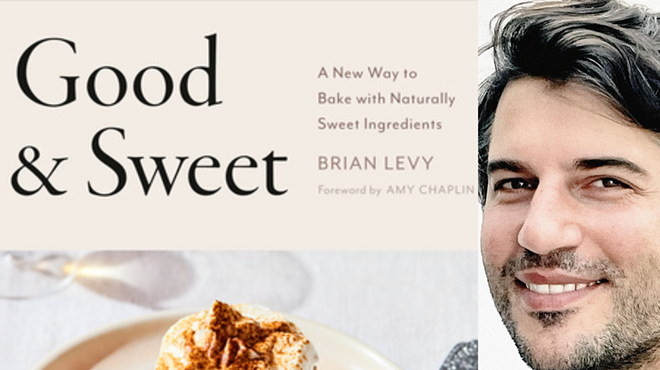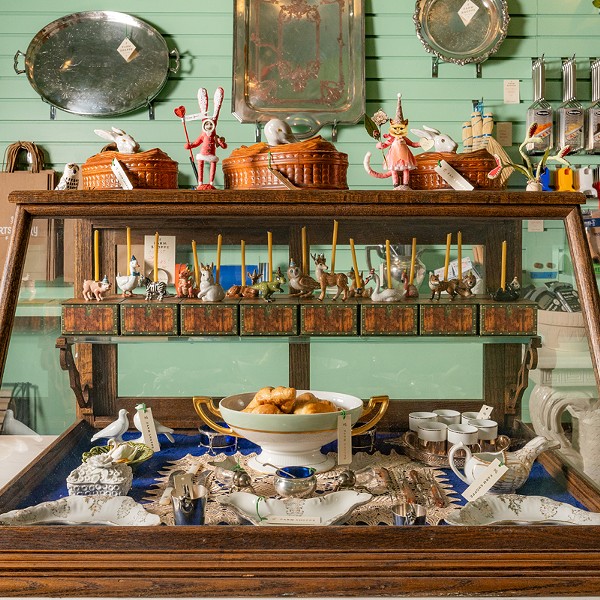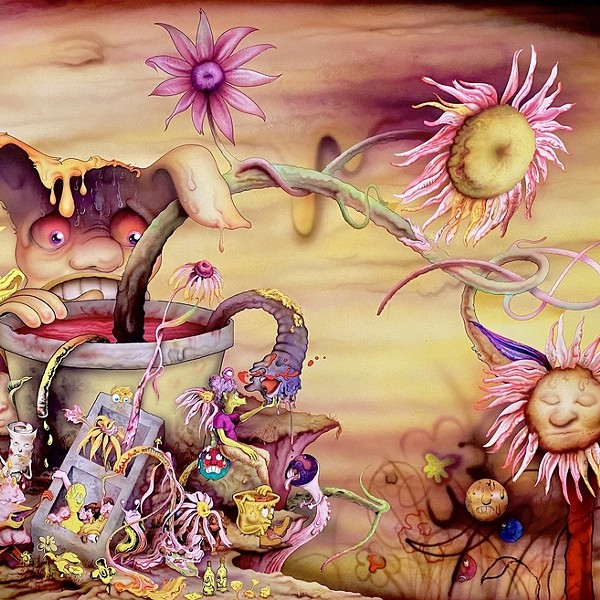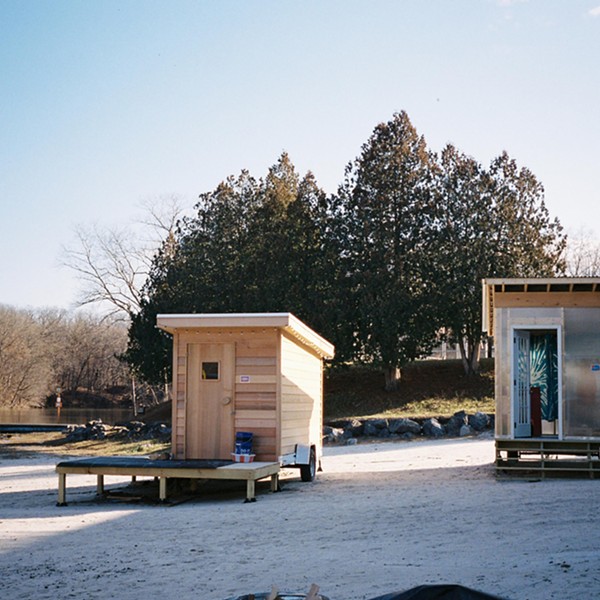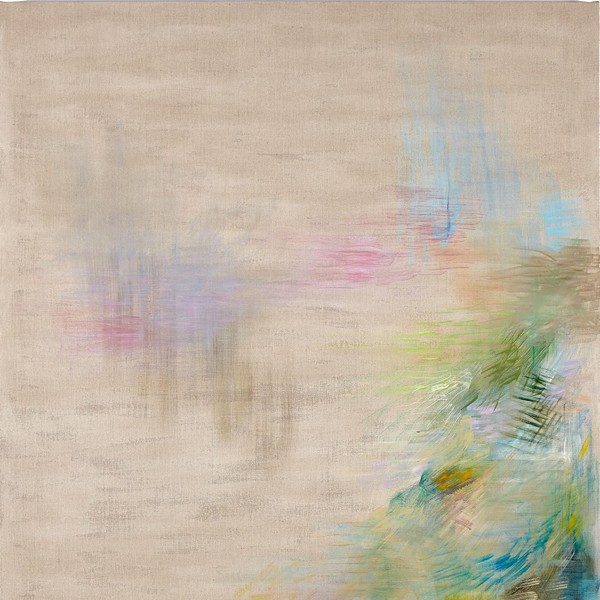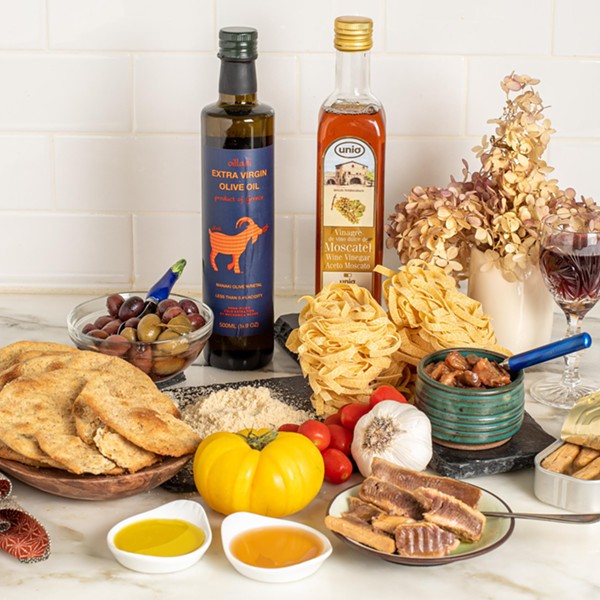I think that we can safely say that the Hudson Valley has never been a better place for a foodlover to live. Artisanal cheeses, grass-fed, humanely raised animals, and the extraordinary variety and quality of our produce are now in plentiful supply at the thriving and multiplying farmers’ markets around the region. With the much-needed arrival of spring, and the attendant burgeoning of parties, weddings, and barbeques, the locavore in our area can indeed take great pleasure in the world-class bounty that is available to us. What should we drink with it?
Wine is an important part of New York State’s economy, especially in rural areas; we rank fourth in wine production nationally, and wine tourism has never been more popular. Riesling from the Finger Lakes is regarded by some as the best example of the grape produced in America. A wine from Long Island recently broke the $100-per-bottle price mark. Wineries are proliferating, and more vines are going in the ground every year. So how well does the Hudson Valley provide for a locavoracious oenophile?
I’ve known musician John Medeski (of Medeski, Martin, and Wood fame) more than 10 years, and in that time we’ve spent a lot of time drinking wine—together and separately. In his travels, he has met and befriended many winemakers all over the world, and tastes extensively wherever he goes. He’s also a genius, so his ability to retain and analyze information on the subject is astonishing. Simply put, John knows more about wine than anybody I know who is not in the wine business (and more than many who are). Given our love of wine and the fact that we’ve lived up here for a while now, it seemed wise to go out and acquaint ourselves with the Hudson Valley scene, and find out who is making wine that rises above the drink-it-because-it’s-local category and becomes something to seek out on its merits as wine.
Our survey was in two parts: a tasting tour of wineries, and a dinner later on with a sommelier friend where we tasted about a dozen more bottles. On balance, we were underwhelmed, but there were a few bright spots and there’s reason for some optimism going forward. In general, it seems clear that much of what is being produced is picnic wine: simple, affordable whites and a few reds that make for pleasant sipping at a concert or cookout. But in terms of wine that is world-class, which could hold its own against examples from more famous parts of the world, there is not much to be found.
Hybrid hoopla
In addition to well-known varietals like Chardonnay and Cabernet Franc, hybrids—crosses between Old World wine grapes and New World wild grapes—are also widely grown and vinted in the area. Some are old, going back a century or more, and some have been recently developed at Cornell University in Ithaca, whose Enology and Viticulture Program is an important resource to winemakers in the state. The hybrids are highly resistant to cold and disease, making them attractive to many producers in the region. There’s some controversy surrounding the use of hybrid grapes. Advocates say that they can make excellent wine and are better suited to the harsh winters than the more fragile French varietals, while opponents disagree about the quality of the wines and decry the conservatism they see as implicit in the choice to grow hybrids. We were agnostic on the subject, and concerned ourselves exclusively with whether the wine was good or not. Some are showing promise here; Traminette, a hybrid of Gewürtztraminer, the famously perfumed grape used so well in Alsace and Germany, is popular and makes for some quaffable whites, though they all seem to be a bit overpowered by lychee aromas.
It’s hard to say what true-to-type is with the hybrids, though, since neither of us had any experience drinking them. Several of the producers we spoke with were enthusiastic about Noiret, a new hybrid developed at Cornell, and the Brimstone Hill Noiret we tried at our tasting seemed to have potential; we put it aside to retry a couple of hours later after it had a chance to open up. But it didn’t budge an inch—the flavor simply sat exactly where it had been before. Having said that, their Chardonnay and méthode champenoise didn’t impress us much either—both the whites had a strange candied quality—so it may have nothing to do with the varietal. At Benmarl we barrel-tasted several reds: a cabernet franc, Frontenac, and DeChaunac. The Cab Franc had a surprising amount of funk, though time will tell if it delivers on it. The two hybrids were both interesting, and offered possible glimpses of the kind of fat, grapey profile that has thus far eluded the region’s reds. All were unfiltered, which had a lot to do with their depth of flavor.
King Kir
Millbrook is widely regarded as the most prestigious winery in the area, and we had high hopes. We tasted our way through just about all of their regional wines, though some of them had been open for days already. Everyone else opened fresh bottles for us, but at Millbrook they did not, so it was hard to judge the whites especially. The Millbrook wines are not flawed; there’s nothing wrong with them. There’s just nothing very special about them either, at least in comparison with wines from outside the region. We asked about Riesling, a cold-climate grape that achieves phenomenal heights in Germany (and does very well in the Finger Lakes) and were surprised to learn that it had been very successful but they ripped the vines out in the 1980s because it didn’t sell well, thanks to the stigma from substandard mass-market Rieslings like Blue Nun. Notwithstanding how old and potentially great those vines could be now, we didn’t understand why they aren’t planting more to take advantage of the very different market today.
Ben Feder of Clinton Vineyards—who is clearly passionate about wine, and a great raconteur—makes a pleasing and affordable ($25) sparkling Seyval Blanc in the traditional méthode champenoise; his craftsmanship is such that his fruit-based dessert wines (which are not normally something I enjoy) have beautifully balanced sweetness, finishing, for example, like a real raspberry does, with a lingering gentle acidity. If I were getting married here this summer I would order cases of the Seyval Naturel to combine with their excellent cassis (a blackcurrant liqueur) to make a first-rate (and completely local) kir royale for the toast rather than some generic French fizz that costs $40 a bottle and is made in quantities that preclude any personality.
Michael Migliore, the owner and winemaker at Whitecliff, is also president of the Hudson Valley Wine and Grape Association. As such, he’s active in promoting and increasing local viticulture, working as a consultant for those looking to start or expand operations. His work seems very close to the efforts that Cornell is making in the valley: productive, economically viable agriculture that takes advantage of the latest technology to produce the best results. He’s a scientist by training, and speaks about “always experimenting to see what does well here.” He’s clearly on a mission, and his enthusiasm is palpable, but his technical acumen may inhibit his winemaking, especially with reds; between the fining, filtering, and American oak, they have a similarly uniform character.
Northern extremes
Steven Kolpan is a professor at the Culinary Institute of America in Hyde Park, a writer for the Valley Table, and James Beard award-winning author of WineWise. His assessment is frank: “It’s painful, because it is possible to make great wine here, and people are dedicated to the craft, but they need more exposure to great wine. If they want the reputation for [Hudson Valley] wine to equal the level that the restaurants and small farms have for their food, they are going to have to make wine that can show well with wines from California and Europe.”
Why such a provincial attitude? It seems revealing that so many of the local wineries are also making wine with California fruit. While the frequent use of Finger Lakes or Long Island grapes is perhaps understandable, the widespread practice of importing grapes from out West is essentially an admission that what they grow here is not in the same league. Now given the climate and soil here, there’s no question that Hudson Valley wine will never be like California wine. But it’s a truism of winemaking that all of the best expressions of the great wine grapes around the world are grown at the northernmost extreme of their growing range, and in a changing climate the Hudson Valley could be uniquely positioned to produce some superlative wine.
An off-the-record survey of retailers on both sides of the river revealed attitudes about regional wine that run the gamut from “It sucks” to “Most people make at least one decent wine.” Most sellers agree that the whites are far better—several spoke well of Millbrook’s Tokai Friulano (an Italian varietal that seems to like it here) and Whitecliff’s Awosting White, a lip-smacking blend of two hybrids, Vignoles and Seyval Blanc that was also a favorite at our tasting. Warwick Valley’s Black Dirt Red was another popular bottle with stores and with us: The 100 percent Baco Noir is a simple, tail-waggingly tasty mouthful of juice for $12.
Toward an identity
There are some more ambitious efforts, and some succeed, but they’re expensive. Millbrook’s Block 3 East Cabernet Franc, a 2005, the oldest bottle we tasted, which Kolpan calls “the best red wine made in the Hudson Valley” was closed at our tasting, but after three days open on my kitchen counter (an imperfect but still reliable test for aging potential) opened up into a satisfying, layered effort that will clearly reward five years of cellaring. But at $35 a bottle, it costs far more than wine of comparable quality from elsewhere. Equally, Benmarl’s $30 flagship Baco Noir is balanced and nuanced, but there are hundreds of bottles from all over the world that offer similar pleasure for significantly less.
Despite the long tradition of winemaking here, it seems that the region is still searching for its identity. Apart from friendly, fruity whites, the most promising directions seem to be méthode champenoise sparklers and Beaujolais-type friendly reds meant for young drinking; Migliore and others are optimistic about Gamay Noir, the grape of Beaujolais, and hope to reach the level of cru Beaujolais—wine from 10 villages within the region, and a very different drinking experience from the “Beau Nouveau” that we all see crowding the wine store endcaps every November.
We undertook this project with no agenda other than pleasure and knowledge, and a desire to find bottles we could proudly serve to guests in the future. In that, we succeeded; simple, tasty whites and a few good reds are being made, and we’ll buy and drink them in the future. We’ll both continue to explore and taste locally to develop a better understanding of the grapes that are new to us, and follow the evolution of some wines and producers. But there’s a lot of room for improvement.
We certainly understand that winemaking is a business, and do not presume to tell people how to do their jobs. Selling wine to tourists is clearly a viable business model in our region. And Cornell’s goal of profitable agriculture makes good sense; nobody wants to lose vines to the cold every winter, and we all have a vested interest in seeing our farmers prosper. At the same time, stressed vines make the best wine. And the thing about winemaking is that it is not simply agriculture and chemistry—it’s art, and passion, and the goal is to create an experience of sensual beauty. Great wine is a collaboration between nature and humans. The Hudson Valley awaits its first great winemaker.







